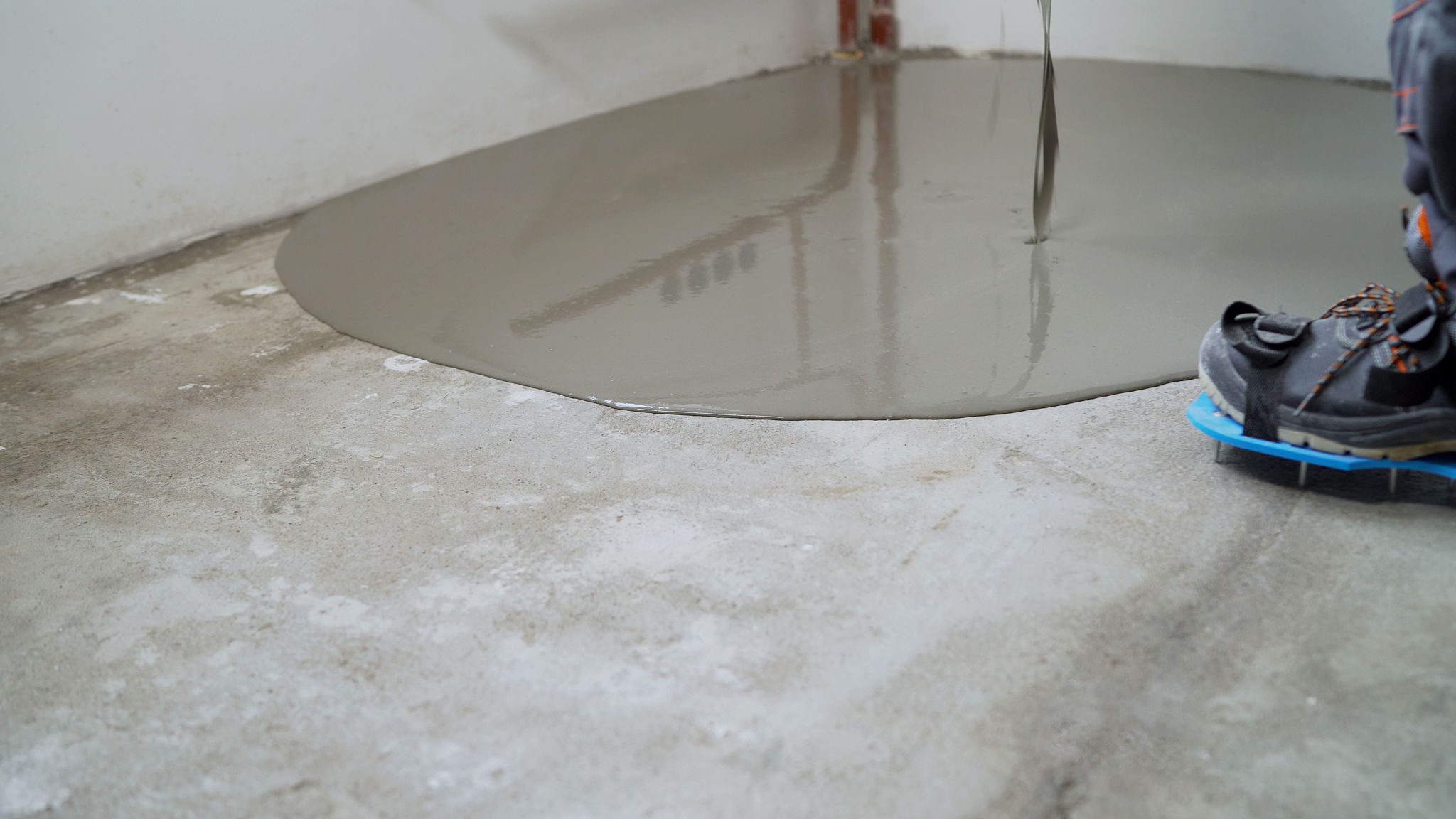Expert Insights: Common Coating Inspection Mistakes and How to Avoid Them
Introduction to Coating Inspection
Coating inspection is a crucial step in ensuring the longevity and effectiveness of protective coatings. However, even experienced professionals can sometimes make mistakes that compromise the integrity of a project. Understanding these common pitfalls can help you avoid them and ensure successful outcomes.
In this post, we delve into some of the most frequent coating inspection errors and provide expert tips on how to prevent them. By being aware of these issues, you can enhance the quality of your inspections and prolong the life of your coatings.

Overlooking Surface Preparation
One of the most critical steps in the coating process is surface preparation. Skipping or inadequately performing this task can lead to coating failures, regardless of the quality of the materials used. It's essential to ensure that surfaces are clean, dry, and free from contaminants before applying any coating.
To avoid this mistake, always adhere to the specifications provided for surface preparation. Consider using abrasive blasting or high-pressure washing to ensure surfaces are adequately prepared for coating application.
Common Contaminants
Be aware of common contaminants such as oil, grease, and dust. These can prevent coatings from adhering properly, leading to premature failure. Implementing routine checks and using appropriate cleaning agents can significantly mitigate this risk.

Inadequate Environmental Monitoring
Environmental conditions play a significant role in the success of a coating application. Temperature, humidity, and wind can all impact the drying and curing process. Failing to monitor and control these factors can lead to defects in the coating.
Invest in reliable environmental monitoring equipment and ensure that conditions are within the specified range before and during the application process. This proactive approach can prevent issues such as blistering or peeling.
Temperature and Humidity Control
Temperature and humidity must be carefully controlled to ensure optimal coating performance. Make sure to follow the manufacturer's guidelines for the specific coating being used, as different products may have varying requirements.

Neglecting to Use Proper Inspection Tools
Relying on inadequate or outdated inspection tools can result in inaccurate readings and assessments. It's crucial to use the right equipment to measure factors such as thickness, adhesion, and porosity.
Regularly calibrate your tools and stay updated with advancements in inspection technology. Investing in high-quality instruments can make a significant difference in the accuracy of your inspections.
Essential Inspection Tools
- Coating thickness gauges
- Adhesion testers
- Porosity detectors
Ensure that your team is trained in using these tools effectively to obtain reliable data.

Poor Documentation Practices
Documentation is an essential part of the coating inspection process. Without thorough records, it becomes challenging to track the progress and identify potential issues. This can lead to repeated mistakes and inefficiencies.
Develop a comprehensive documentation system that includes detailed reports and photographs of each inspection stage. This practice not only helps in maintaining transparency but also serves as a valuable reference for future projects.
Benefits of Good Documentation
Good documentation practices enable better communication among team members and stakeholders. By having detailed records, you can easily pinpoint problem areas and implement corrective measures swiftly.
